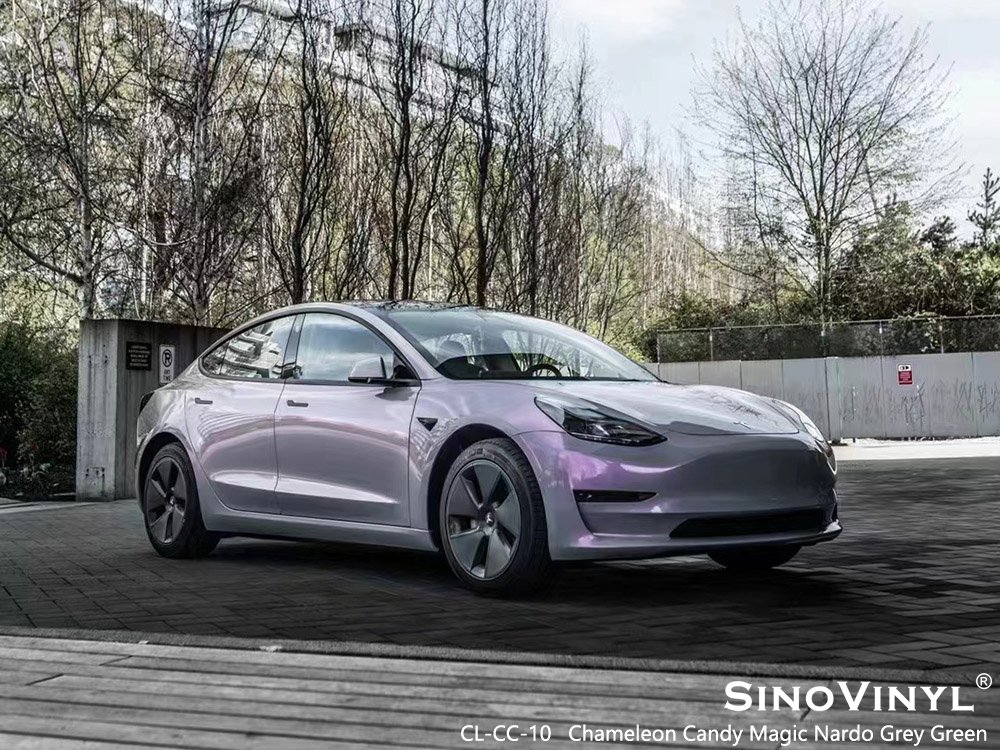Factors affecting the price of car film materials
The type of car film material has a significant impact on the price of the car film. Different materials offer varying levels of durability, flexibility, and quality, which directly influence their cost.
1. Material Quality
High-quality materials, such as premium vinyl films, are more durable, weather-resistant, and long-lasting. They may cost more upfront but offer better value over time due to their longevity.
2. Durability
Materials designed to withstand harsh weather conditions, UV rays, and wear and tear tend to be more expensive. These durable films may require less frequent replacement, reducing long-term costs.
3. Ease of Installation
Some materials are easier to install than others, requiring less skill and labor. While these materials may be cheaper, the installation costs can add up if professional help is needed.
4. Special Features
Certain materials come with additional features like self-healing properties, air-release technology, or special finishes (e.g., matte, gloss, metallic). These features can increase the cost of the film.
5. Brand and Reputation
Established brands or premium suppliers often charge higher prices due to their reputation for quality and reliability. However, lesser-known brands may offer comparable quality at a lower price point.
6. Customization Options
Materials that allow for intricate designs, custom colors, or unique textures may come at a premium price due to their specialized nature.
7. Quantity Discounts
Bulk purchasing or buying in larger rolls can often lead to discounts, reducing the overall cost per square foot or meter of the film material.
Conclusion
In conclusion, the type of car film material plays a crucial role in determining its price. It’s essential to consider your specific needs, budget, and desired outcomes when choosing the right material for your car film project. Investing in high-quality, durable materials may result in higher initial costs but can offer better value and performance in the long run.





















